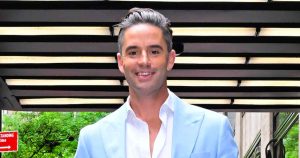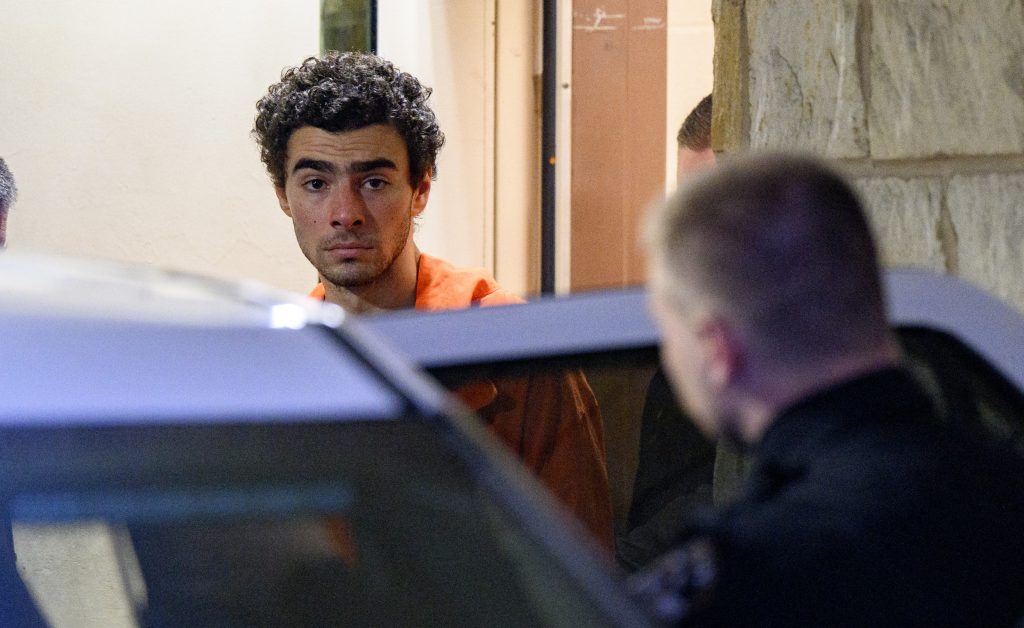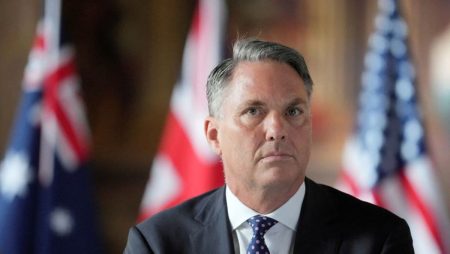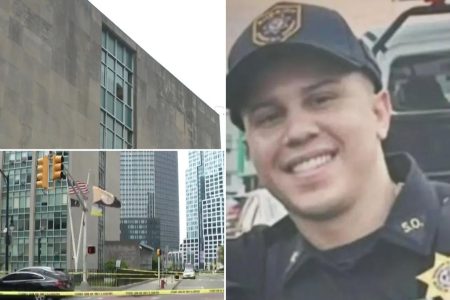The arrest of Luigi Mangione in connection with the fatal shooting of UnitedHealthcare CEO Brian Thompson has unveiled a complex narrative involving meticulous planning, potential mental instability, and a perplexing blend of justifications and denials. Mangione’s apprehension at a Pennsylvania McDonald’s, initially on weapons and forgery charges, quickly escalated with the subsequent second-degree murder charge filed by New York authorities. The discovery of a three-page manifesto, coupled with alleged fake identification and disputed possession of cash, paints a picture of a suspect attempting to obscure his tracks. The most chilling revelation, however, comes in the form of a spiral notebook allegedly containing detailed to-do lists outlining the steps to carry out a murder, along with justifications for the planned act. This meticulous documentation suggests a premeditated act fueled by a specific grievance, the nature of which is still under investigation.
The contents of the notebook, as reported by CNN citing a law enforcement source, provide disturbing insights into Mangione’s mindset. References to the Unabomber, Ted Kaczynski, whom Mangione described as an “extreme political revolutionary” in an online book review, suggest a possible ideological motivation. The notebook reportedly details Mangione’s rejection of using a bomb, opting instead for a gun due to concerns about collateral damage. The chilling phrase “to kill the CEO at his own bean counting conference” reveals a potential resentment towards corporate figures like Thompson, hinting at a possible motive rooted in economic or social discontent. This meticulous planning, combined with the seemingly calculated choice of weapon, suggests a degree of premeditation that raises serious questions about Mangione’s mental state and the underlying reasons behind his alleged actions.
Mangione’s defense attorney, Thomas Dickey, has raised questions about the evidence against his client, expressing skepticism regarding the forgery charges and questioning whether authorities have “the right guy.” Dickey’s assertion that he hasn’t seen any evidence linking Mangione directly to the murder underscores the need for a thorough investigation and due process. His refusal to comment on whether he’s being paid by Mangione’s family adds another layer of intrigue to the case. This cautious approach suggests that the defense is preparing for a complex legal battle, scrutinizing every piece of evidence presented by the prosecution. The insistence on due process and the need for concrete evidence highlight the importance of a fair trial, even in the face of seemingly overwhelming circumstantial evidence.
The extradition hearing in Pennsylvania further complicates the legal proceedings. Dickey emphasized Mangione’s constitutional rights and the need for an informed decision regarding extradition. While this is a standard legal procedure, it introduces a potential delay in the process. Legal analyst Jonathan Turley, however, believes that while such a delay might offer both sides more time to prepare, it won’t significantly alter the outcome. He points to the seemingly “overwhelming” evidence against Mangione, suggesting that extradition is a “foregone conclusion.” This expert opinion underscores the gravity of the charges and the challenges facing the defense in mounting a successful case.
The case remains shrouded in unanswered questions. Mangione’s mental capacity, a critical factor in determining his culpability, will undoubtedly be a central issue in the legal proceedings. The collection and analysis of DNA evidence will further solidify the link between Mangione and the crime scene. Turley’s assessment highlights the difficulty of constructing a viable defense, suggesting that Mangione’s options are limited, barring a successful insanity plea or some unforeseen revelation.
The emerging narrative surrounding Luigi Mangione’s alleged involvement in the murder of Brian Thompson presents a complex and disturbing picture. From meticulous planning and apparent ideological influences to legal maneuvering and questions of mental capacity, the case continues to unfold with each new piece of information. The coming weeks and months will be crucial in unraveling the full story behind this tragic event, ultimately seeking justice for the victim and a fair resolution within the bounds of the law. The court proceedings will be closely watched as the prosecution presents its evidence and the defense attempts to challenge the narrative, ultimately leaving the jury to decide Mangione’s fate.










